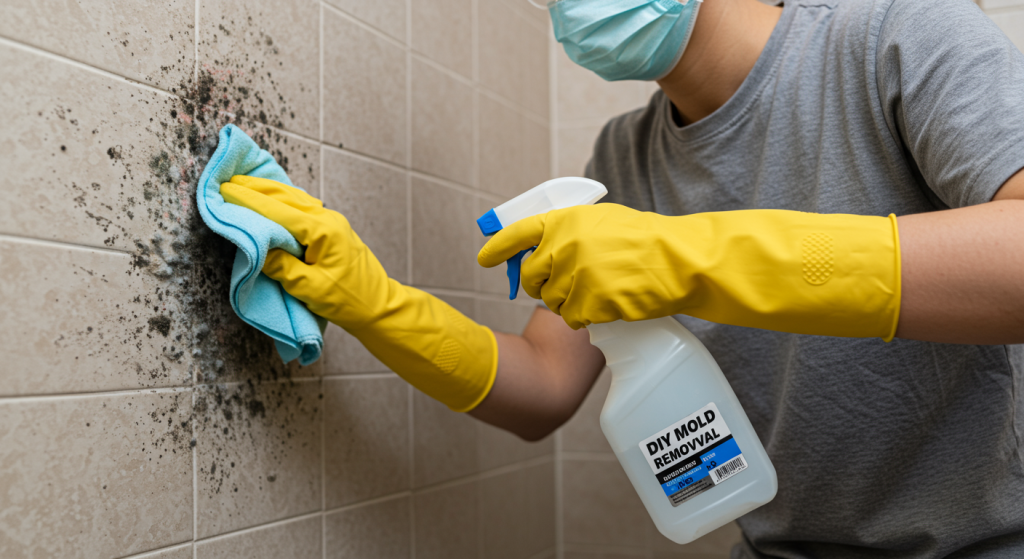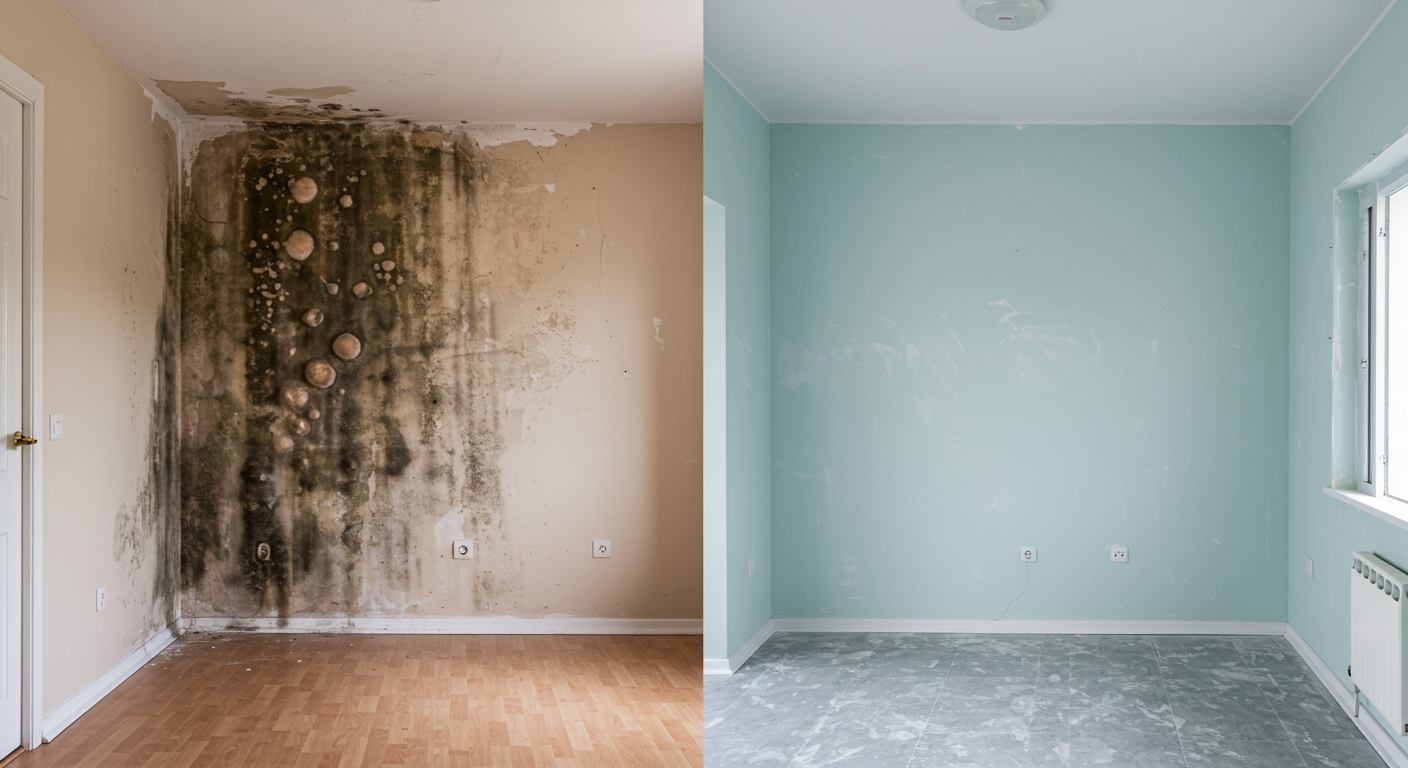Mold is not just an unsightly problem; it can pose serious health risks and damage your home if left untreated. Understanding how to identify, prevent, and remove mold is crucial for maintaining a safe and healthy living environment. In this comprehensive guide, we’ll explore everything you need to know about mold, from its types and risks to effective removal techniques and prevention strategies.
Understanding Mold: Types and Risks
Common Types of Mold Found in Homes
Mold comes in various forms, and identifying the type of mold in your home can help determine the best course of action. The most common types include:
- Aspergillus: Found in damp areas like bathrooms and kitchens, this mold can cause respiratory issues.
- Cladosporium: Often found on wood and fabrics, it can trigger allergies and asthma.
- Stachybotrys (Black Mold): Known for its dark appearance, black mold thrives in areas with constant moisture and can cause severe health problems.
Each type of mold has unique characteristics, but they all share a common need for moisture to grow. Recognizing these molds early can prevent further complications.
Health Risks Associated with Mold Exposure
Mold exposure can lead to a range of health issues, especially for individuals with allergies, asthma, or weakened immune systems. Common symptoms include:
- Respiratory problems such as coughing and wheezing
- Skin irritation and rashes
- Nasal congestion and sinus infections
- Severe reactions like fever or lung infections in rare cases
Prolonged exposure to toxic molds, like black mold, can result in more serious health conditions. Protecting your home from mold is essential for your well-being.
Preventing Mold Growth in Your Home
Maintaining Optimal Humidity Levels
Humidity plays a significant role in mold growth. Keeping indoor humidity levels between 30% and 50% can prevent mold from thriving. Use a dehumidifier in damp areas like basements and bathrooms, and regularly check for condensation on windows or walls.
Importance of Proper Ventilation and Insulation
Proper ventilation is key to preventing mold. Ensure that areas prone to moisture, such as bathrooms and kitchens, have adequate ventilation. Use exhaust fans and open windows to improve airflow. Additionally, insulating your home can help prevent condensation, which often leads to mold growth.
By taking these preventive measures, you can create an environment that discourages mold from taking hold.
Effective Mold Removal Techniques
DIY Methods for Small Areas
For small mold infestations, DIY methods can be effective. Here’s how to tackle minor mold problems:
- Wear Protective Gear: Use gloves, goggles, and a mask to protect yourself.
- Prepare a Cleaning Solution: Mix one cup of bleach with one gallon of water or use a commercial mold remover.
- Scrub the Mold: Use a brush to scrub the affected area thoroughly.
- Rinse and Dry: Rinse the area with clean water and dry it completely to prevent regrowth.
Always ensure proper ventilation while cleaning to avoid inhaling mold spores.
When to Call a Professional
If the mold covers an area larger than 10 square feet or is deeply embedded in walls or ceilings, it’s best to call a professional. Experts have the tools and expertise to safely remove mold and address the underlying causes. Hiring professionals is especially important for toxic molds like black mold, which require specialized handling.
Learn more about expert mold removal services in Taylorsville, UT.
Post-Removal: Ensuring Mold Doesn’t Return
Tips for Drying and Cleaning
After removing mold, it’s crucial to thoroughly dry and clean the area to prevent regrowth. Use fans and dehumidifiers to speed up the drying process. Clean surfaces with mold inhibitors and regularly inspect the area for any signs of moisture or mold.
Long-term Prevention Strategies
To ensure mold doesn’t return, consider these long-term strategies:
- Fix leaks promptly in roofs, walls, and plumbing.
- Improve drainage around your home to prevent water accumulation.
- Regularly clean and maintain gutters to avoid water overflow.
- Use mold-resistant products, such as drywall and paint, in areas prone to moisture.
By implementing these measures, you can keep your home mold-free and maintain a healthy environment for your family.
Explore comprehensive mold remediation services in Riverton, UT.
Conclusion
Mold is a persistent problem that requires immediate attention to protect your home and health. By understanding the types of mold, taking preventive measures, and using effective removal techniques, you can successfully eliminate mold and prevent its return. Whether you choose to tackle the issue yourself or seek professional help, addressing mold promptly is the key to maintaining a safe and healthy living space.
For more information on mold remediation and prevention, check out our guide on crawl space encapsulation in South Jordan, UT.



